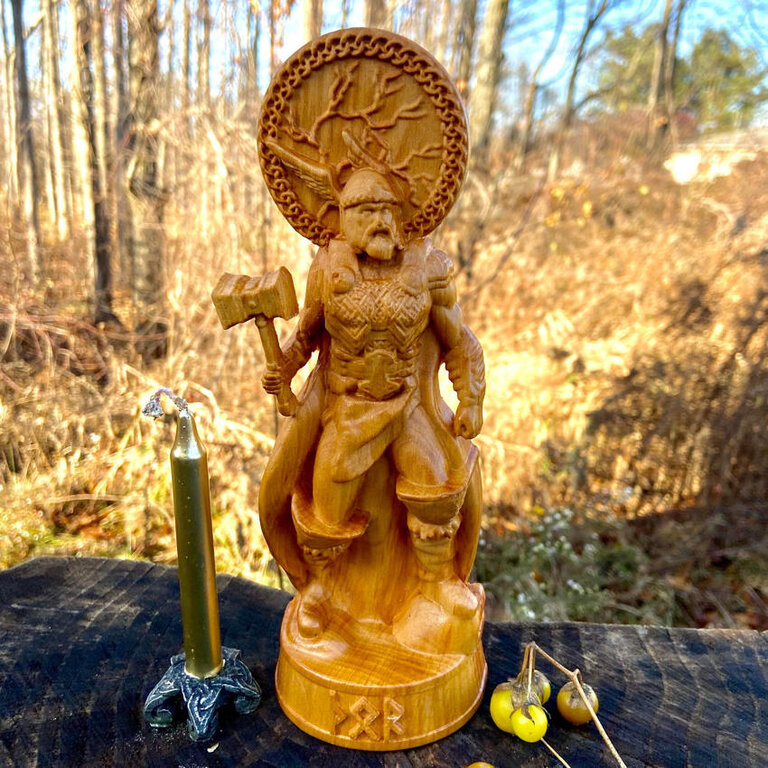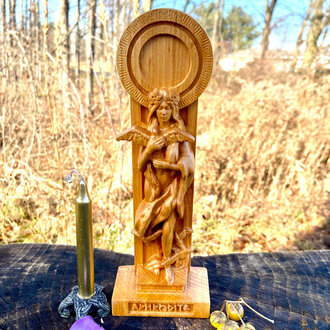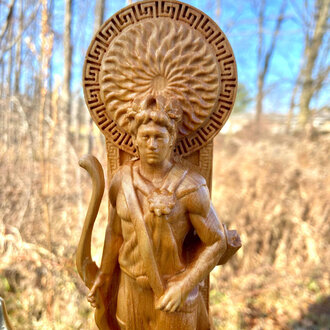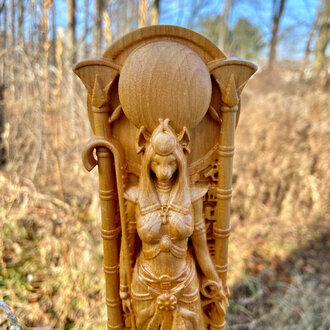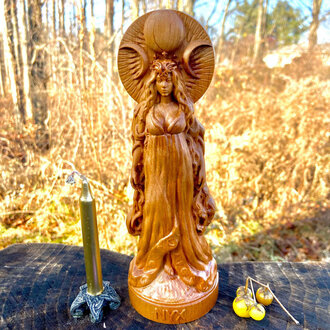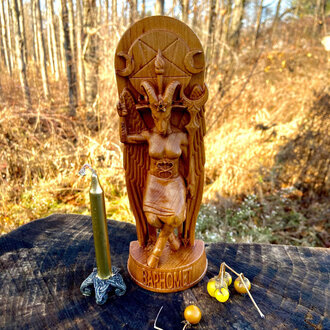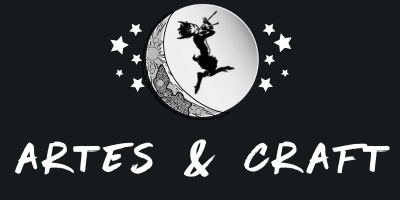
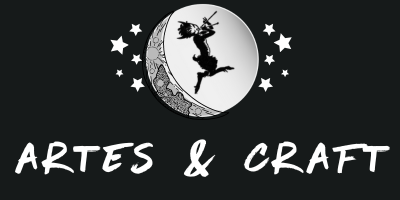

Login
Log in if you have an account
Register
Having an account with us will allow you to check out faster in the future, store multiple addresses, view and track your orders in your account, and more.
Create an accountWe proudly import these from Northern Europe! A small pagan company in Ukraine hand carves these amazing altar statues of the pagan gods and goddesses BY HAND! Most pagan statues on the market are “cold cast resin” – which is fine, but they are basically resin/plastic and mass produced. These are unique, every detail is hand carved! These are tools you will be proud to pass onto the next generation!
Approximately 9 inches high.
Carved from beautiful Alder, one of the famous Celtic Ogham trees. Alder trees feature often in Celtic Mythology and Folklore. They are said to be home to fairies, they are the symbol of Bran in Welsh Mythology and are most often associated with water, secrecy, nature, spirituality, and balance. Alder trees were a source of great mystery to the Celts. Their sap turns a deep red when exposed to the air, as if they could bleed when cut. The bleeding bark and affinity with water led to many negative superstitions about the trees. Alders were considered highly sacred, mysterious and secretive, often thought of as representing nature itself and containing the souls of our ancestors. For this reason Alder is a great choice for a hand carved pagan god or goddess statue for your ritual altar!
A paragon of strength and masculine virility, the storm god Thor was the fiercest of Norse deities. He was the son of Odin, the “all-father,” and a member of the Aesir tribe of deities. Among his many abilities, Thor commanded storms and rain, and brought lightning and thunder. Due to his prodigious sexual appetite and his aptitude for impregnating women, Thor was also associated with fertility. He wielded a war hammer called Mjölnir, and was thought to have red hair and a red beard.
Brave, powerful, and righteous, Thor fully embodied the hero archetype. Where Odin and Loki skulked and schemed, Thor faced his problems with a hammer in his hand and violence in his heart. Whenever a fearsome beast or wily jötunn threatened their peace, the gods generally turned to Thor for intervention.
Thor was an extremely popular figure and one of the earliest attested deities in the Norse pantheon. References to Thor were found going as far back as the first century CE, when Roman writings referred to him as Jupiter. Relics depicting Thor and his hammer were among the most common archaeological artifacts found in Northern Europe. His cult thrived during the Viking Period of northern European history (ca. 800 to 1100 CE), and his lore survived in the folk traditions of modern Germanic language speakers.
Above all things, Thor was brave, strong, and fierce. Thor, in truth, loved fighting and rarely passed on an opportunity to engage in it.
Thor wore a magical belt called Megingjörd (literally “power belt”) that was said to double his already substantial strength. Thor’s chief was weapon was Mjölnir (“grinder” or “crusher”), a terrible war hammer crafted by dwarves in their subterranean caverns. Besides spitting thunderbolts and laying waste to obstacles and enemies, Mjölnir could also resurrect the dead—though apparently only in certain cases. In order to wield his mighty hammer, Thor wore iron gloves named Járngreipr (“iron grippers”). While these three items were the ones most associated with the thunder god, Thor also possessed a staff known as Grídarvölr; he seldom used it, however.
Thor kept company with his two servants, the twins Thjálfi and Röskva. He rode in a chariot pulled by the goats Tanngrisnir and Tanngnjóstr. Remarkably, Thor regularly slaughtered the goats and ate them, only to resurrect them with Mjölnir so that they could continue to pull his chariot—and fill his stomach!
Thor’s realm was the field Þrúðvangr in Asgard, where he built his oaken hall, Bilskirnir. The building was said to be the largest ever erected and featured a grand total of five hundred and forty rooms.
